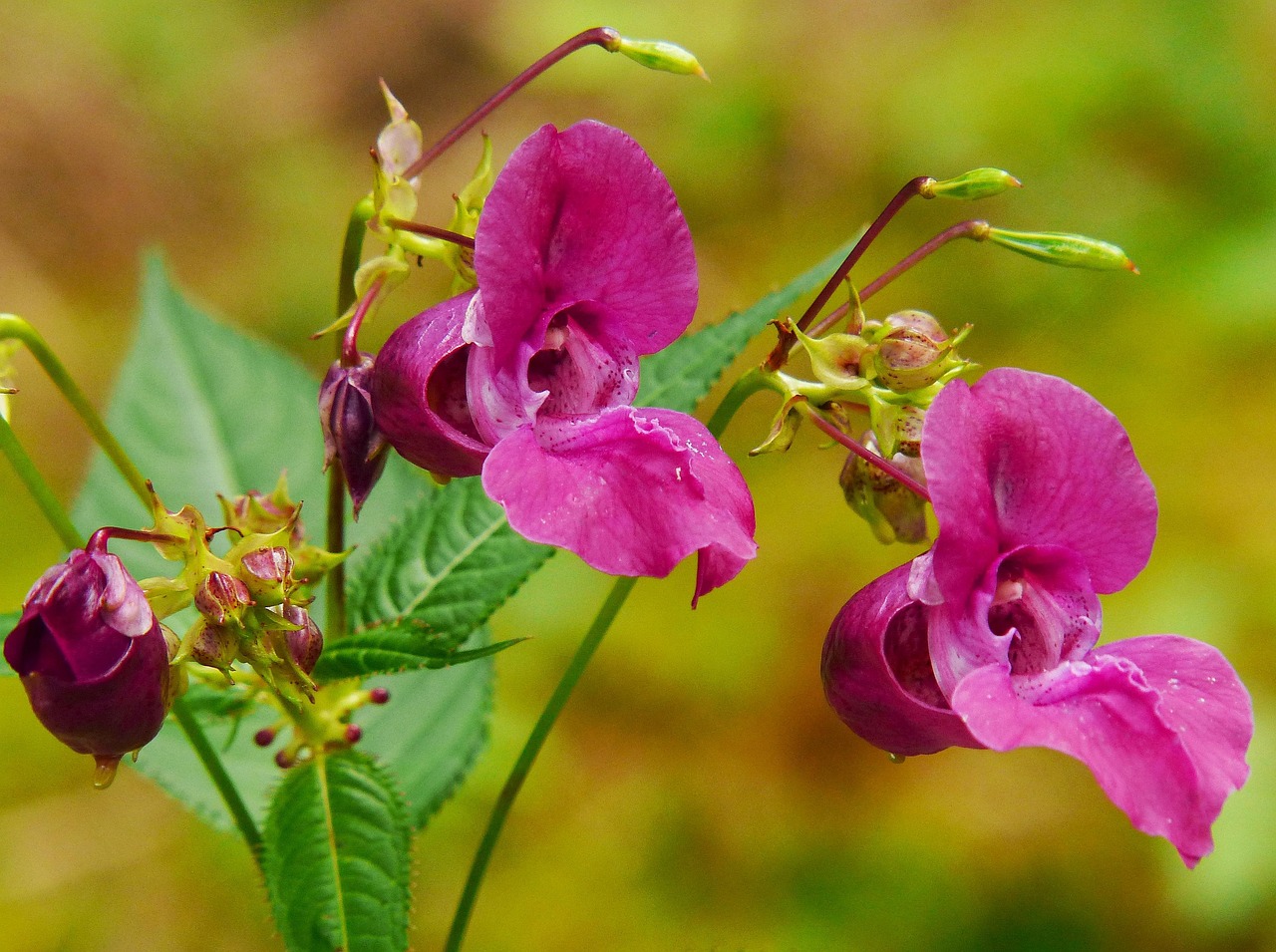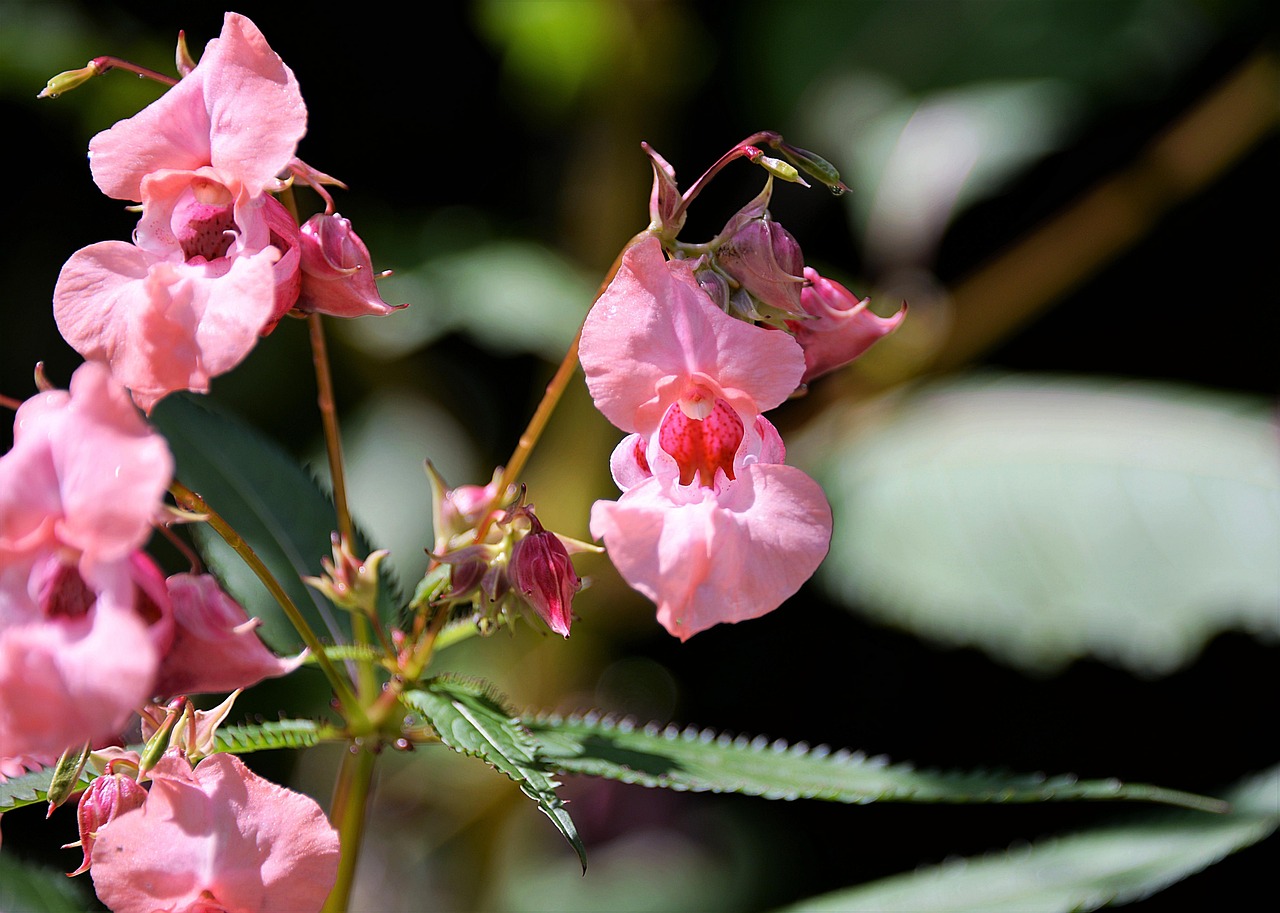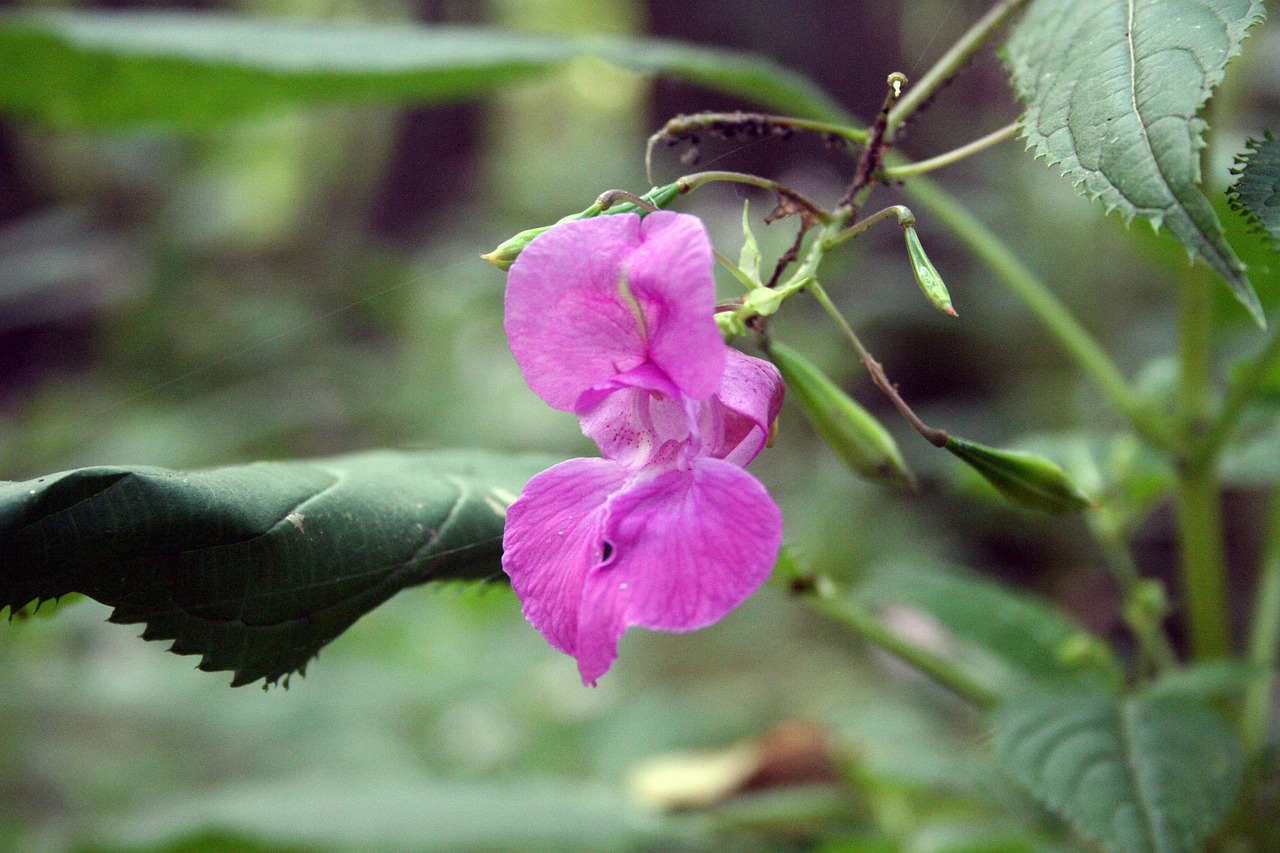Balsam fir trees can be effectively used for landscaping, windbreaks, and Christmas tree production. Their aromatic foliage and dense growth habit also make them suitable for creating natural privacy screens and enhancing wildlife habitats.
Balsam fir (Abies balsamea) is a coniferous tree native to North America. It is well-known for its distinctive fragrant needles and attractive appearance. The tree typically grows between 40 to 60 feet tall and has a pyramidal shape, making it a popular choice for various uses. Its adaptability to different soil types and climates further enhances its utility.
One of the most recognized uses of balsam fir is as a Christmas tree. The tree’s rich green color, soft needles, and pleasant scent make it a favorite during the holiday season. However, the benefits of balsam fir extend beyond festive decorations. This tree species can serve multiple functional and aesthetic purposes in landscaping and environmental conservation.
Landscaping with Balsam Fir Trees

Balsam fir trees can play a crucial role in enhancing the beauty of residential and commercial landscapes. Their symmetrical shape and vibrant foliage provide year-round visual interest. Here are some effective ways to incorporate balsam fir into your landscape:
- Accent Trees: Plant balsam firs as standalone accent trees in yards or gardens to draw attention to specific areas.
- Screening and Privacy: Utilize their dense growth habit to create natural barriers that ensure privacy from neighbors or street view.
- Windbreaks: Strategically plant multiple balsam firs to form windbreaks that protect homes and gardens from harsh winds.
When planning your landscape, consider the spacing of balsam fir trees. Proper spacing allows for healthy growth and airflow while preventing overcrowding. A distance of 10 to 20 feet between each tree is generally recommended depending on the intended use.
Ecological Benefits
Balsam fir trees offer various ecological benefits. They are crucial for local wildlife, providing habitat and food sources for birds and small mammals. The dense foliage offers shelter, while the tree’s cones serve as food for various species.
In addition, balsam fir trees play a significant role in carbon sequestration. Like all trees, they absorb carbon dioxide from the atmosphere, helping to mitigate climate change effects. Their ability to thrive in diverse environments makes them essential for reforestation efforts in degraded areas.
Caring for Balsam Fir Trees
To ensure healthy growth and longevity, proper care of balsam fir trees is essential. Here are some important care tips:
- Soil Conditions: Balsam fir thrives in well-drained, acidic soils. Regular soil testing can help maintain optimal pH levels.
- Watering: During the first few years after planting, provide consistent watering especially during dry spells to promote root establishment.
- Pest Management: Monitor for common pests such as aphids and spruce budworms. Early detection and intervention are crucial for maintaining tree health.
Pest management can be achieved through organic or chemical means. Regular inspections can help identify issues before they become severe.
Using Balsam Fir in Christmas Tree Production
The cultivation of balsam fir as a Christmas tree has become a significant agricultural practice in many regions. Their popularity stems from their aesthetic qualities and durability as cut trees. Here are some key aspects of growing balsam fir for this purpose:
- Site Selection: Choose a site with full sun exposure and adequate drainage to promote healthy growth.
- Planting Density: Maintain appropriate spacing among saplings to ensure they have enough room to grow without competition for resources.
- Cultivation Practices: Regular pruning encourages a fuller shape and reduces the risk of disease.
The cultivation process typically takes several years, but the investment can yield significant returns during the holiday season when demand is high.
| Aspect | Details |
|---|---|
| Height | 40-60 feet |
| Growth Rate | Moderate |
| Lifespan | Up to 100 years |
| Light Requirement | Full sun to partial shade |
By understanding these key aspects, individuals can effectively utilize balsam fir trees in various applications while also appreciating their ecological importance.
Harvesting Balsam Fir Trees
Harvesting balsam fir trees requires careful planning and execution to ensure sustainability and optimal quality. This process can be broken down into several key steps, from selecting appropriate trees to managing the overall health of the forest. Here are the essential practices for harvesting balsam fir:
- Selection of Trees: Choose mature trees that are at least 10-15 years old, as they have developed sufficient size and quality for harvesting.
- Timing: The best time to harvest is during the winter months when the ground is frozen. This minimizes soil damage and allows for easier access.
- Method: Use selective cutting techniques to remove only a few trees at a time. This helps maintain the overall ecosystem and promotes healthy growth.
It is also important to consider the market demand for balsam fir products. The most common uses include timber, Christmas trees, and essential oils derived from the tree’s needles.
Utilizing Balsam Fir for Essential Oils
Balsam fir trees are known for their aromatic properties. The needles, bark, and resin can be processed to extract essential oils, which have various applications in aromatherapy, cosmetics, and natural remedies. The following points outline the benefits and uses of balsam fir essential oils:
- Aromatherapy: The oil has a calming effect, making it popular in diffusers and massage oils.
- Skincare: Balsam fir oil can be used in skincare products due to its anti-inflammatory properties.
- Natural Remedies: The oil is believed to help with respiratory issues and can be used in steam inhalation.
The extraction process typically involves steam distillation. Fresh needles are harvested and then subjected to steam, which releases the essential oil. This method retains the oil’s beneficial properties effectively.
Creating Balsam Fir Products
Balsam fir trees serve as a source for a variety of products, each with unique qualities. Some of these products include:
- Balsam Fir Syrup: This sweet syrup is made by boiling the tree’s sap and is often used as a topping for pancakes or added to beverages.
- Balsam Fir Candles: Scented candles made from balsam fir essential oil provide a refreshing aroma that enhances indoor spaces.
- Balsam Fir Furniture: The wood’s durability and beauty make it suitable for crafting furniture pieces such as tables and chairs.
Creating these products requires attention to detail in both harvesting and processing. Quality control ensures that the final products meet consumer expectations and maintain the natural essence of balsam fir.
Land Management Practices
Effective land management practices are vital for maintaining healthy balsam fir populations. These practices not only ensure sustainability but also enhance the ecological balance of forested areas. Key strategies include:
- Reforestation: Planting new balsam fir saplings after harvesting helps maintain forest density and biodiversity.
- Pest Management: Regular monitoring for pests like spruce budworms is crucial. Integrated pest management techniques should be employed to minimize damage.
- Soil Conservation: Implementing practices such as mulching and cover cropping can improve soil health and prevent erosion.
By integrating these land management practices, landowners can ensure that their balsam fir trees thrive for generations to come.
Cultural Significance of Balsam Fir Trees
Balsam fir trees hold cultural significance in various communities, particularly among Indigenous peoples in North America. These trees are often regarded as symbols of strength and resilience. Here are some cultural aspects related to balsam fir:
- Traditional Uses: Indigenous communities have historically used balsam fir for medicinal purposes, crafts, and construction materials.
- Cultural Ceremonies: Balsam fir may feature in rituals and ceremonies, representing purification and renewal.
- Educational Opportunities: Workshops and programs focused on balsam fir teach younger generations about traditional ecological knowledge and sustainable practices.
The cultural importance of balsam fir extends beyond practical uses; it fosters a connection between people and their environment, promoting respect for nature’s resources.

Conclusion on Balsam Fir Utilization
Understanding how to effectively utilize balsam fir trees encompasses various aspects, from harvesting techniques to cultural significance. Each facet contributes to the broader appreciation and sustainable management of this remarkable species.
Environmental Impact of Balsam Fir Trees
Balsam fir trees play a crucial role in maintaining environmental health and biodiversity. Their presence in forests contributes to various ecological functions that benefit both wildlife and humans. Understanding the environmental impact of balsam fir trees is essential for appreciating their significance in ecosystems.
Carbon Sequestration
One of the most critical contributions of balsam fir trees is their ability to sequester carbon dioxide from the atmosphere. Through photosynthesis, these trees absorb CO2 and convert it into organic matter, helping to mitigate climate change. The following points highlight their role in carbon sequestration:
- Long Lifespan: With a lifespan of up to 100 years, balsam firs can store significant amounts of carbon over their lifetime.
- Growth Rate: Their moderate growth rate allows for steady carbon absorption as they mature, contributing to long-term carbon storage.
- Forest Density: Healthy populations of balsam fir can enhance forest density, further increasing carbon storage capacity.
Habitat for Wildlife
Balsam firs provide essential habitat for a variety of wildlife species. The dense foliage and structure of these trees create shelter and food sources, promoting biodiversity in forested areas. Here are some key aspects related to wildlife habitat:
- Nesting Sites: Birds such as chickadees and nuthatches often nest in the branches of balsam firs, benefiting from their cover.
- Foraging Opportunities: Small mammals and insects find sustenance in the tree’s needles, bark, and cones.
- Migration Stopovers: Balsam fir forests serve as important stopover points for migratory birds, providing rest and food during their journeys.
The preservation of balsam fir habitats is vital for maintaining local ecosystems and supporting wildlife populations.
Landscaping Trends with Balsam Fir

As landscaping trends evolve, balsam fir trees continue to be popular choices for homeowners and landscapers alike. Their aesthetic appeal and functional benefits align well with current gardening practices. Here are some trends in landscaping that utilize balsam fir:
Sustainable Landscaping
The concept of sustainable landscaping emphasizes the use of native plants and trees that require less water and maintenance. Balsam fir fits well into this trend due to its adaptability and resilience. Benefits include:
- Low Water Requirements: Once established, balsam firs require minimal watering, making them suitable for eco-friendly landscapes.
- Biodiversity Promotion: Integrating balsam fir into landscapes encourages the growth of native flora and fauna.
- Natural Aesthetics: Their natural beauty enhances the visual appeal of yards and gardens.
Seasonal Displays
Balsam fir trees are particularly popular for seasonal displays, especially during winter and the holiday season. Their evergreen nature provides color and life to landscapes year-round. Key considerations for seasonal displays include:
- Holiday Decorations: Many homeowners use balsam firs as Christmas trees or decorations due to their pleasant aroma and aesthetic qualities.
- Winter Landscapes: The vibrant green foliage contrasts beautifully with snowy landscapes, creating visually stunning views.
- Outdoor Events: Balsam firs can enhance outdoor holiday events or gatherings, providing a festive atmosphere.
Challenges Facing Balsam Fir Trees
Despite their many benefits, balsam fir trees face several challenges that threaten their health and sustainability. Addressing these challenges is crucial to ensure their continued presence in ecosystems. Some of the most significant threats include:
Pests and Diseases
Balsam fir trees are susceptible to various pests and diseases that can weaken or kill them. The following are common threats:
- Spruce Budworm: This pest can defoliate balsam fir trees, leading to reduced growth and increased susceptibility to disease.
- Balsam Woolly Adelgid: An invasive insect that affects the bark and sapwood, causing structural damage and tree decline.
- Diseases: Fungal diseases such as root rot can devastate balsam fir populations if not managed effectively.
Climate Change Impacts
Climate change poses significant risks to balsam fir trees and their habitats. Changes in temperature and precipitation patterns can affect growth rates and survival. Key impacts include:
- Drought Stress: Increased frequency of droughts can lead to water stress, making trees more vulnerable to pests and diseases.
- Altered Growth Patterns: Changes in seasonal temperatures can disrupt natural growth cycles and phenology.
- Ecosystem Shifts: As climate zones shift, suitable habitats for balsam fir may decrease or become fragmented.
By understanding these challenges, landowners, conservationists, and forestry professionals can work together to develop strategies that protect balsam fir trees and promote healthy forests.
Strategies for Protecting Balsam Fir Trees
To ensure the survival and health of balsam fir trees, it is essential to implement effective protection strategies. These strategies can combat pests, diseases, and climate change impacts while promoting sustainable management practices. Here are several approaches to consider:
Integrated Pest Management (IPM)
Implementing an Integrated Pest Management (IPM) approach helps manage pest populations while minimizing environmental impact. Key components of IPM include:
- Monitoring: Regularly inspect balsam fir trees for signs of pests and diseases. Early detection is crucial for effective management.
- Biological Control: Utilize natural predators or parasites to control pest populations. For example, introducing beneficial insects can help keep harmful pests in check.
- Cultural Practices: Maintain tree health through proper spacing, watering, and nutrient management. Healthy trees are more resilient to pest attacks.
Forest Management Practices
Adopting sound forest management practices can enhance the resilience of balsam fir forests. Effective practices include:
- Thinning: Regular thinning of dense stands can improve airflow and sunlight penetration, reducing the risk of disease.
- Diversity in Planting: Incorporating a variety of tree species alongside balsam fir can enhance ecosystem resilience and reduce susceptibility to pests.
- Monitoring Soil Health: Regular soil assessments can help maintain proper nutrient levels, improving tree growth and health.
Climate Resilience Strategies
As climate change poses increasing threats to balsam fir trees, implementing climate resilience strategies becomes imperative. Consider the following actions:
- Adaptive Planting: Select and plant tree species that are better suited to changing climate conditions alongside balsam firs to create more resilient forests.
- Restoration Projects: Engage in reforestation and restoration efforts in degraded areas to enhance habitat connectivity and support biodiversity.
- Research and Monitoring: Support ongoing research into climate impacts on balsam fir and monitor changes in growth patterns or health.

Final Thoughts
Balsam fir trees are invaluable assets in both ecological and economic contexts. Their ability to sequester carbon, provide habitat for wildlife, and enhance landscapes makes them crucial for sustainable forest management. However, challenges such as pests, diseases, and climate change require proactive measures to ensure their health and longevity.
By employing effective management strategies, landowners and forestry professionals can protect balsam fir populations while also benefiting from their many uses. The cultural significance of these trees further emphasizes the need for responsible stewardship. As we navigate the complexities of environmental change, understanding and valuing species like balsam fir will play a vital role in fostering resilient ecosystems for future generations.
Ultimately, the effective use of balsam fir trees encompasses a holistic view of their benefits, challenges, and the need for sustainable practices. By committing to conservation efforts and integrating traditional ecological knowledge with modern techniques, we can ensure that balsam fir trees continue to thrive as a vital part of our natural heritage.
